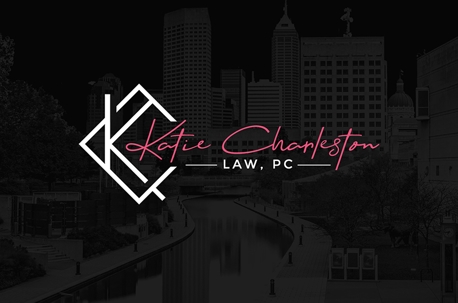What Research Should You Do Before Using A Business Idea?
Your business ideas are important assets. Whether you’ve come up with a new process or have an idea for a logo or business tagline that will resonate with consumers, protecting your intellectual property is critical for supporting the future success of your business. One way you can do this is with trademarks.
However, before you can register a trademark, you have to find out if someone else is already using it and if their use prohibits yours. Failing to do your research on trademarks and other intellectual property rights can land you in unwanted business litigation. For example, if you simply start using a logo without doing your homework, you might unknowingly infringe upon someone else’s trademark and end up dealing with a lawsuit.

Trademarks can be powerful, but they aren’t the only type of protection you can leverage for business ideas. Understanding which type of intellectual property right protection is best in your case and how to check for existing trademarks and patents can help you avoid these issues.
Know What Type of Protection Is Right
Start by understanding what type of protection may be best. Three common types of protection you can seek for intellectual property include patents, trademarks, and copyrights.
- Trademarks protect a design, phrase, word, or combination of all three elements. Registering a trademark keeps someone else from registering a trademark that is the same or too similar and limits how other people can use the mark. Trademarks are appropriate when the mark in question distinguishes your brand, goods, or services from others. Examples of trademarks include McDonald’s golden arches, the multi-colored Google logo, and the red-and-white bulls-eye of Target.
- Patents protect specific types of inventions. A patent keeps others from copying your design or product and selling their version, potentially diluting the value of your product. To be approved for a patent, an invention must be a unique and new design or a substantial and unique improvement on a previous concept. Thomas Edison patented the electric lightbulb, for example, and Apple patented the original iPhone.
- Copyright protects the ownership rights to created works like novels, short stories, fine art, photographs, films, music and software code. The Harry Potter books, the song “Africa” by Toto, and the Jurassic Park movies are some examples of created works that have copyright protection.
Understand Whether Someone Beat You to It
Once you know which type of protection is the right choice for your business idea, you’ll need to check to ensure someone else isn’t already using it. If someone starts using a logo concept before you do and can prove it, they might be able to stop you from trademarking it. If someone has already trademarked it, you may not be able to use it.

Here are some tips for finding out whether someone has beat you to the punch:
- Check with the United States Patient and Trademark Office. You can search the USPTO trademark database to find out if anyone is using a mark that’s too similar to the one you want to use. You can do the same thing with the USPTO patent database, if applicable.
- Conduct an online search. While it won’t turn up official results, a Google search can be helpful in understanding whether anyone else is using your idea and where and how they are using it.
- Hire a professional. The USPTO trademark database is not especially user-friendly, and it can be difficult to ensure you conduct a holistic search. Working with an experienced professional can provide peace of mind that you have done everything you can to ensure a trademark or business idea is available before you take steps to register and use it.
Limitations on Trademark Protection
In most cases, someone can’t register broad trademarks on basic concepts such as words or colors. People certainly can’t just buy up trademarks to keep them from others or position themselves for selling them in the future, as one might do with domain names.
To successfully register a trademark, someone has to indicate how it’s related to a brand or goods and services. For example, Target doesn’t have the right to tell all people they can’t use a red bulls-eye. Archery companies still put red bulls-eyes on targets and other products, for example. That’s because Target’s trademark is limited to use associated with a retail store. No one is going to confuse an archery target as being the retailer.

So, even if you find that someone is using a mark similar to yours, you may be able to register it anyway. If you are using the mark in a completely different manner or industry and there’s little to no chance the marks could become confused in consumer minds, you may not have to worry that someone beat you to it.
Work With a Business Law Team to Protect Your Business Ideas
As you can see, there isn’t always a black-and-white answer to questions and issues involving trademarks and other intellectual property rights. Working with an experienced legal team from the beginning can help you trademark ideas successfully, avoid litigation and other costly issues, and protect your business ideas
Registering your trademark isn’t always as simple as it sounds. Reach out to Katie Charleston Law, PC, for experienced legal help in protecting your intellectual property rights by calling (463) 287-6731.
The post How Do I Find Out if My Idea Is Already Trademarked? appeared first on Katie Charleston Law, PC.

